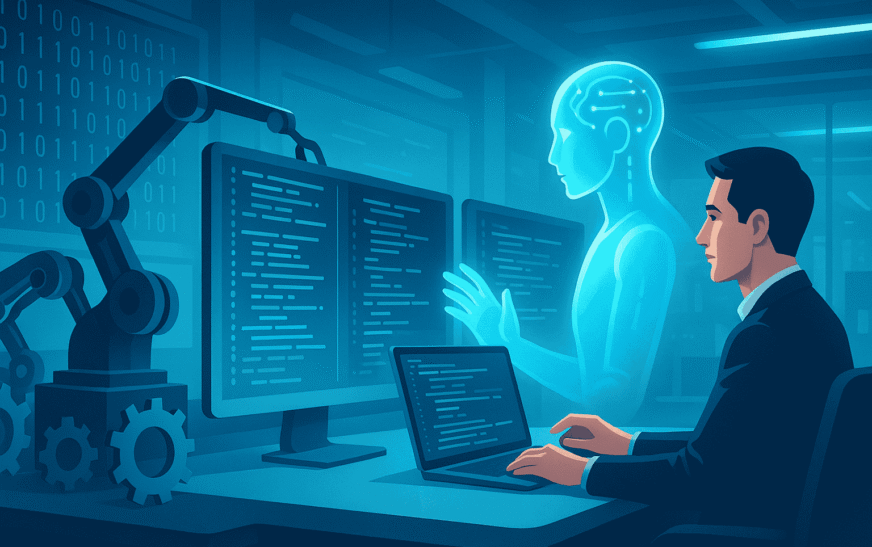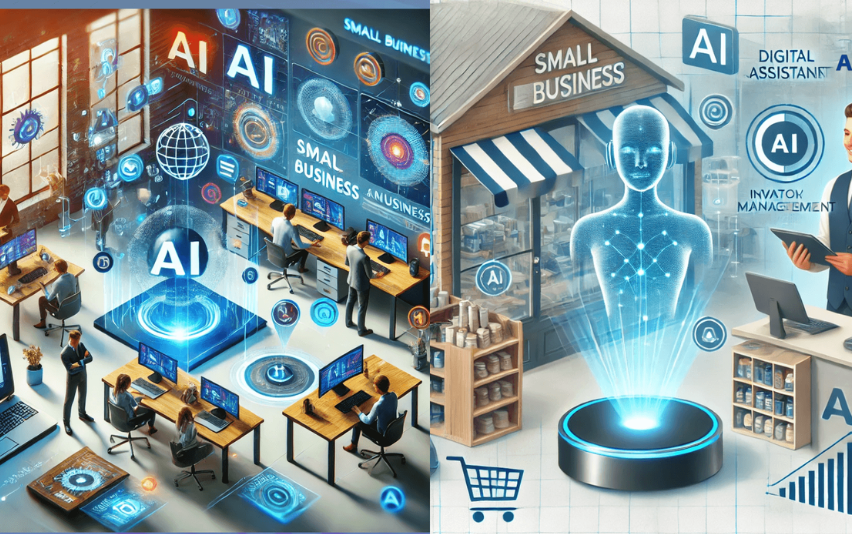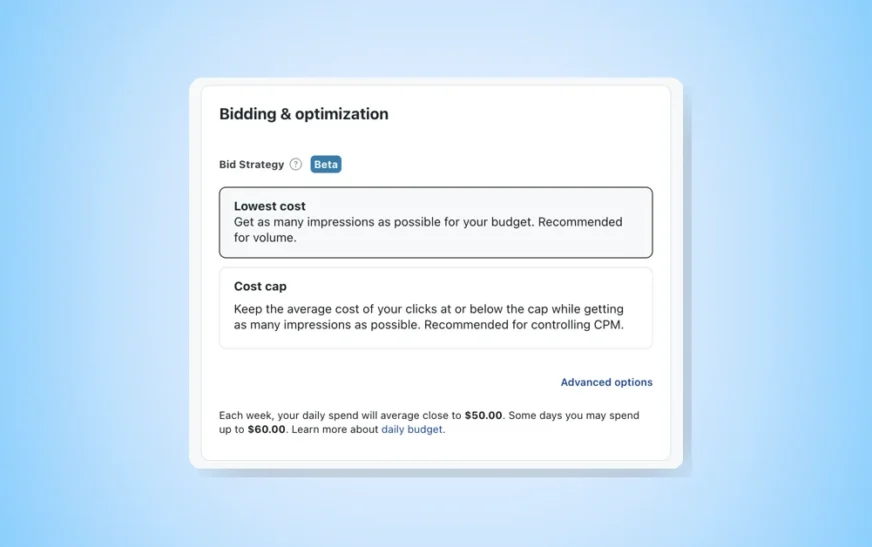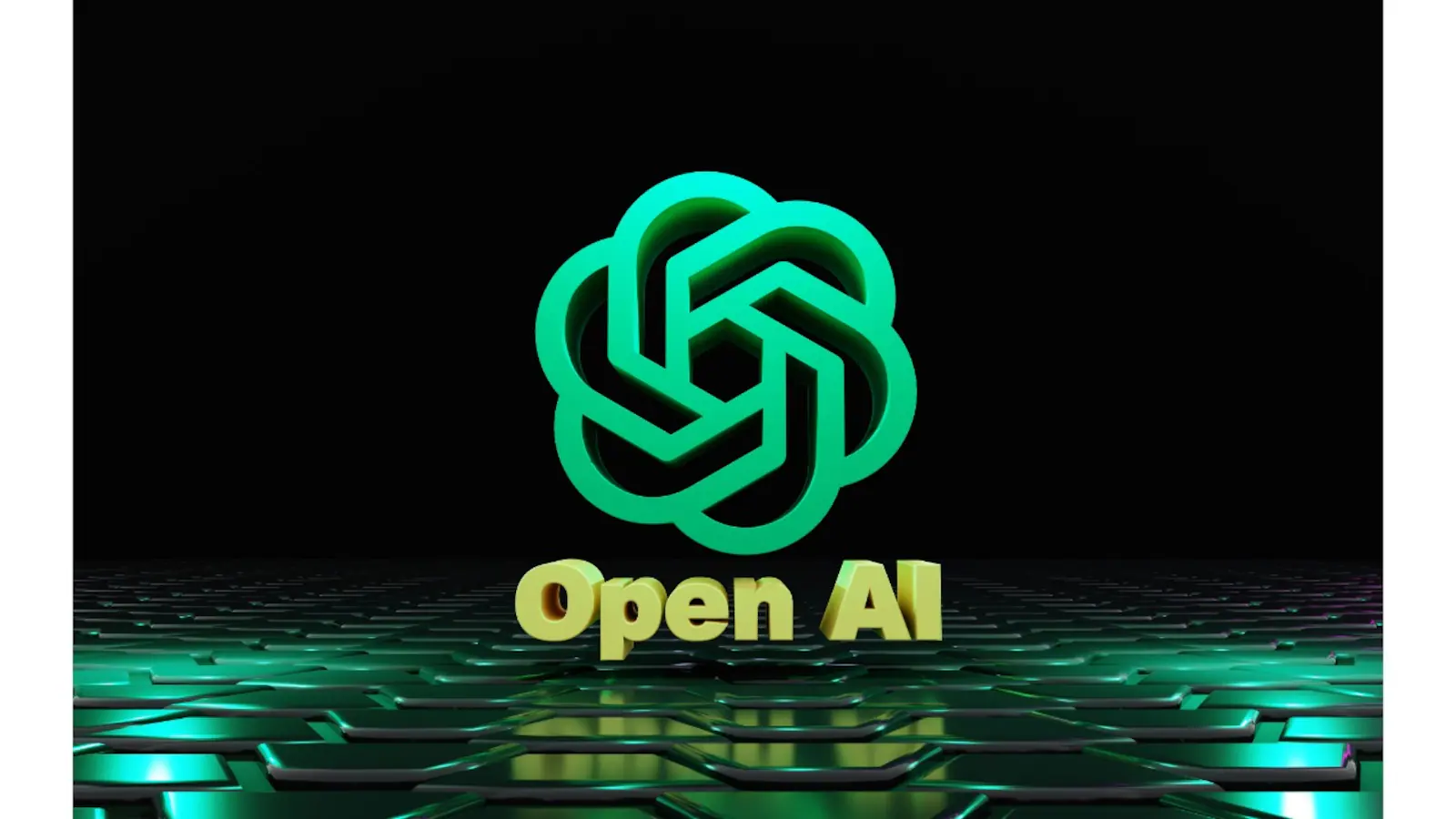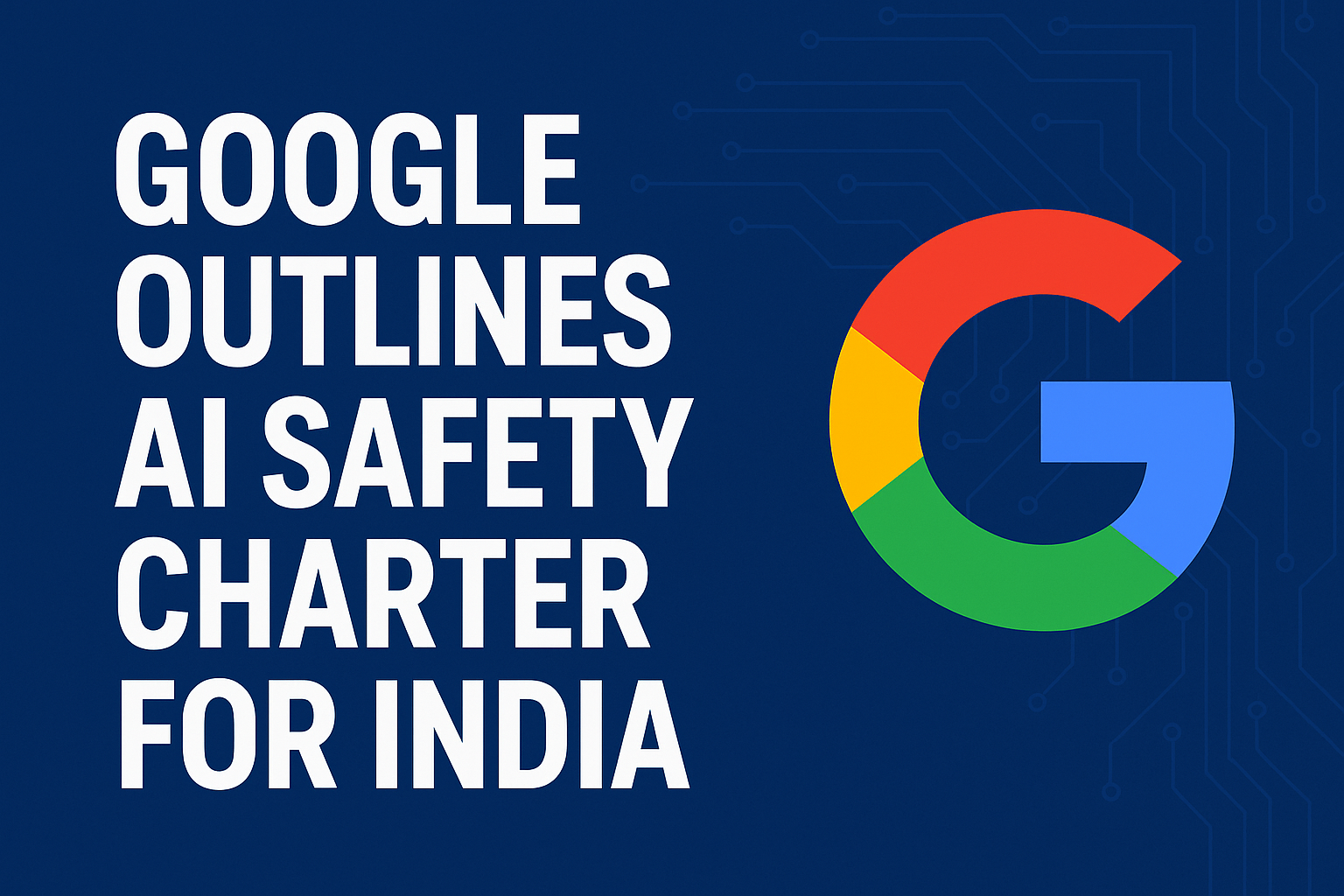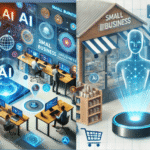The world of software development is undergoing a seismic shift. Thanks to AI and automation, what once took weeks of manual coding, debugging, and deployment can now be done in hours — sometimes minutes. From intelligent code generation to automated testing and continuous integration pipelines, AI is revolutionizing every stage of the software development lifecycle.
In this article, we’ll explore how AI and automation are changing the game, what tools and practices are leading this transformation, and why developers and organizations must adapt to stay ahead.
The Rise of AI in Software Development
Artificial Intelligence is no longer a futuristic concept in development circles. It’s already deeply integrated into modern programming tools, frameworks, and DevOps workflows. Whether you’re using GitHub Copilot for code suggestions or relying on AI-powered test automation tools like Testim, AI is speeding up development, reducing human error, and optimizing performance.
The days of writing every line of code manually are fading. AI and automation tools now help with:
- Code completion and generation
- Automated code reviews
- Bug detection and fixing
- Regression and unit testing
- Infrastructure provisioning
- Continuous integration and delivery (CI/CD)
How AI is Transforming Key Areas of Development
Let’s break down the primary areas where AI and automation are making the biggest impact:
1. Code Generation and Autocompletion
Tools like GitHub Copilot, Tabnine, and Replit Ghostwriter use large language models (LLMs) trained on millions of codebases to suggest real-time code snippets. Developers can now:
- Autocomplete full functions
- Generate boilerplate code instantly
- Get contextual recommendations based on comments
- Improve code quality without manual repetition
This significantly reduces development time and minimizes syntax or logic errors.
2. Automated Testing and QA
Testing used to be time-consuming and heavily manual. But today, platforms like:
- Testim.io
- Applitools
- Mabl
- Selenium with AI plugins
help automatically generate and run tests, detect UI changes, and adapt to application modifications using machine learning.
AI-driven testing ensures:
- Faster releases
- Fewer bugs in production
- Higher code reliability
- Continuous quality assurance
3. Code Review and Error Detection
AI tools like DeepCode, Snyk, and SonarQube analyze your code for vulnerabilities, bugs, and bad practices. They flag:
- Security risks
- Memory leaks
- Redundant or outdated code
- Compliance violations
Developers receive actionable suggestions in real-time, improving both code quality and team collaboration.
4. Project Management and Estimation
AI-powered tools are also helping managers better estimate timelines and resource allocation. Tools like Jira Smart Predictions and ClickUp AI analyze historical data to forecast sprint velocity, bug backlog risk, and task dependencies.
5. DevOps and CI/CD Automation
Infrastructure-as-code (IaC) platforms like Terraform, AWS CloudFormation, and Ansible, combined with AI integrations, allow teams to:
- Automatically deploy environments
- Detect infrastructure drift
- Optimize cloud costs
- Recover faster from outages
Meanwhile, tools like CircleCI, GitLab CI, and Azure DevOps use AI to accelerate continuous integration and delivery, ensuring every commit is tested, deployed, and monitored efficiently.
6. Natural Language to Code (NL2Code)
New LLMs like OpenAI Codex and Meta’s Code LLaMA can understand plain English queries and convert them into working code.
For example:
“Build a login form with email and password validation in React”
➡️ Generates usable code instantly.
This allows non-coders to contribute to development and speeds up prototyping dramatically.
Top AI Tools Powering Software Automation
Here’s a list of popular tools driving the AI transformation in software development:
| Tool Name | Functionality |
|---|---|
| GitHub Copilot | AI code suggestions in IDE |
| Testim | AI-based automated software testing |
| Tabnine | AI code autocompletion |
| Snyk | Security vulnerability detection |
| Jira (Smart) | Predictive project management |
| Kite | Code faster with real-time completions |
| Codiga | Code analysis and refactoring |
Pros and Cons of AI in Software Development
✅ Benefits
- Faster time to market
- Reduced human error
- Higher code quality
- Increased team productivity
- 24/7 automation of routine tasks
- Smarter decision-making with analytics
❌ Challenges
- Model bias or incorrect code suggestions
- Over-reliance on AI can weaken fundamentals
- Privacy risks in code scanning
- Limited creativity for complex logic
- Need for human validation remains
The Future of AI and Software Engineering
In the next 5 years, we’ll likely see:
- AI-driven development platforms (low-code/no-code) become the norm
- Agent-based software development, where AI writes, tests, and deploys apps with minimal input
- Increased integration of AI in backend tasks, like database optimization and API orchestration
- Ethical AI practices governing open-source use, IP protection, and job displacement concerns
Human Developers + AI = The Ultimate Combo
AI isn’t here to replace developers — it’s here to empower them. The real advantage lies in blending human creativity, critical thinking, and domain expertise with AI’s speed and data-driven logic.
The smartest dev teams will be the ones who adopt AI tools early, continue to learn, and use automation to eliminate repetitive tasks — while focusing their energy on innovation.
The era of AI-augmented software development is not coming — it’s already here. From coding to testing, deployment to monitoring, AI and automation are setting new standards in how software is built, maintained, and scaled.
Companies that embrace this shift will benefit from faster releases, fewer bugs, happier dev teams, and more satisfied users. The future of development is automated — and the best time to get on board is now.

